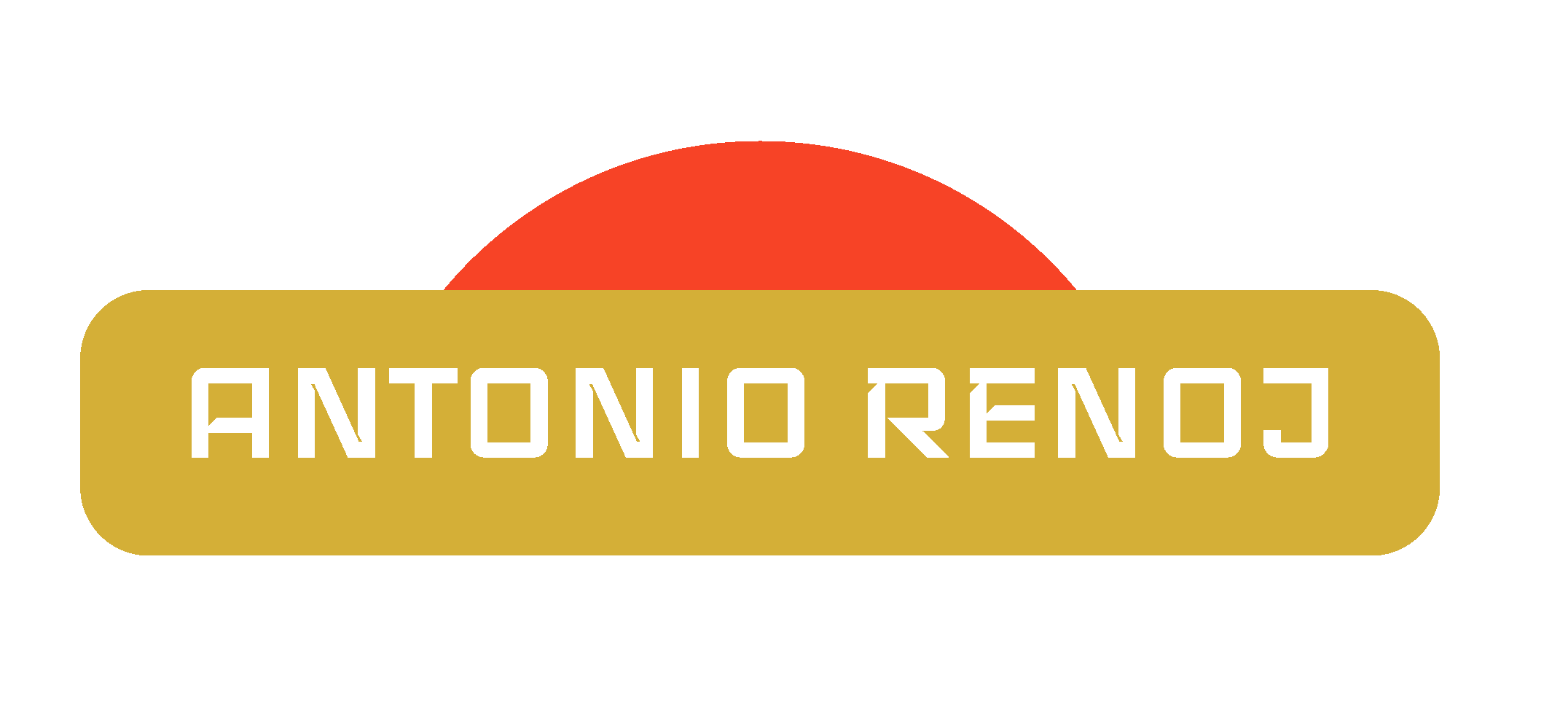Legacy: A Yearbook Project
Legacy is a participatory design intervention that empowers middle school students to co-create their own yearbook through hands-on involvement in content creation, critical feedback, and visual storytelling.
Target Audience: Middle school students, Faculty, Parents
Role: Lead Designer, Project Manager
Design Tools: Affinity Publisher 2, Figma, Lightroom
Project length: 10 weeks
Introduction
2025 Yearbook Team
Legacy is a participatory design intervention that empowers middle school students to shape the vision of their own yearbook through hands-on collaboration and guided decision-making. While I led the design and production of the final yearbook, every creative choice was informed by input from the students and the school principal. Through structured workshops and design sessions, students contributed ideas, gave critical feedback, and helped shape the visual direction, tone, and storytelling of the book.
Framed as a student-led design team, Legacy introduced students to foundational skills in photography, content planning, and visual storytelling. Key areas such as theme development, photo selection, and layout preferences were approached as collaborative conversations, fostering a sense of ownership and creative agency among the students.
Rather than functioning as a traditional design service, Legacy centers students as co-creators in the process—building their confidence, communication skills, and pride in the final product. At its core, the project aims to preserve and celebrate student memory and identity—especially at a time when the stories of communities of color are at risk of being marginalized or erased.
The Problem
The core problem I addressed was the lack of capacity within the school to manage marketing, communication, and documentation efforts—especially the production of a yearbook. With staff focused on daily educational responsibilities, there was little time or infrastructure to preserve and celebrate the school’s identity and student experiences.
Although video highlight reels replaced yearbooks after 2016, they were difficult to access and lacked the permanence and storytelling power of a printed archive. I proposed a design-driven solution that focused on reviving the yearbook as a sustainable, student-centered publication.
The challenge was balancing professional design standards with student collaboration, all while navigating limited time, resources, and institutional memory. I overcame this by creating a flexible, replicable design system that invited student input and leadership while still ensuring high-quality results. The final product serves as both a celebration of student life and a model for ongoing communications and documentation.
This led me to develop the following:
How Might I help Transfiguration Elementary School design effective marketing strategies that promote its mission, engages the community, and empower students?
The Transfiguration School faculty
Insights
Participatory Design & Team-Building
I used a participatory design approach, inviting students to co-create the yearbook from the ground up. To build trust and collaboration, I introduced team-building activities like the “Awkward Eye Contact Challenge,” which helped students open up, listen actively, and engage more deeply with one another.
I used a participatory design approach, inviting students to co-create the yearbook from the ground up. To build trust and collaboration, I introduced team-building activities like the “Awkward Eye Contact Challenge,” which helped students open up, listen actively, and engage more deeply with one another.
Awkward Eye Challenge helped students to share their voice
Field Research & Review of Past Artifacts
We analyzed previous yearbooks and discussed what worked, what didn’t, and what they wished they had seen. These conversations provided key insights into what students truly valued—leading us to focus on authenticity, simplicity, and representation.
We analyzed previous yearbooks and discussed what worked, what didn’t, and what they wished they had seen. These conversations provided key insights into what students truly valued—leading us to focus on authenticity, simplicity, and representation.
We reviewed past yearbooks and noted what works and what doesn't. Students did not like the class layout.
Ideation & Sketching
Students brainstormed layout ideas, then sketched rough drafts to visualize the structure of the yearbook. These sketches helped translate abstract ideas into tangible starting points.
Students brainstormed layout ideas, then sketched rough drafts to visualize the structure of the yearbook. These sketches helped translate abstract ideas into tangible starting points.
A physical prototype for the yearbook
Digital Prototyping in Figma
We created a digital mockup using Figma—students’ first experience with a collaborative design tool. This helped them understand page order, composition, and how their ideas translated to real layouts.
We created a digital mockup using Figma—students’ first experience with a collaborative design tool. This helped them understand page order, composition, and how their ideas translated to real layouts.
A page order layout in Figma
Marketing & Fundraising Support
Beyond the book itself, I designed marketing materials to support fundraising efforts and worked with students to communicate with families. This added a real-world communication component to their creative work.
Beyond the book itself, I designed marketing materials to support fundraising efforts and worked with students to communicate with families. This added a real-world communication component to their creative work.
Marketing materials included a flyer to place an order
Solution
The final design displaying the 8th grade class
The final product was a professionally designed yearbook for the 2024–25 school year—co-created with students and built on a scalable, sustainable design system. More than just a publication, this system equips the school with tools and resources to continue producing student-driven yearbooks in the future. Key features include customizable templates, collaborative design workflows, and accessible digital tools introduced through student workshops.
To ensure the project's longevity, I also developed a roadmap that addresses future needs: improving access to design software and hardware, offering basic training in photography and layout design, and engaging families and the wider community early for marketing and fundraising support. Strengthening the school’s brand identity through storytelling emerged as a critical strategy—not just for the yearbook, but to attract and retain families.
Ultimately, this project taught me that sustainable design isn't just about deliverables—it's about building systems that others can carry forward with pride and purpose.

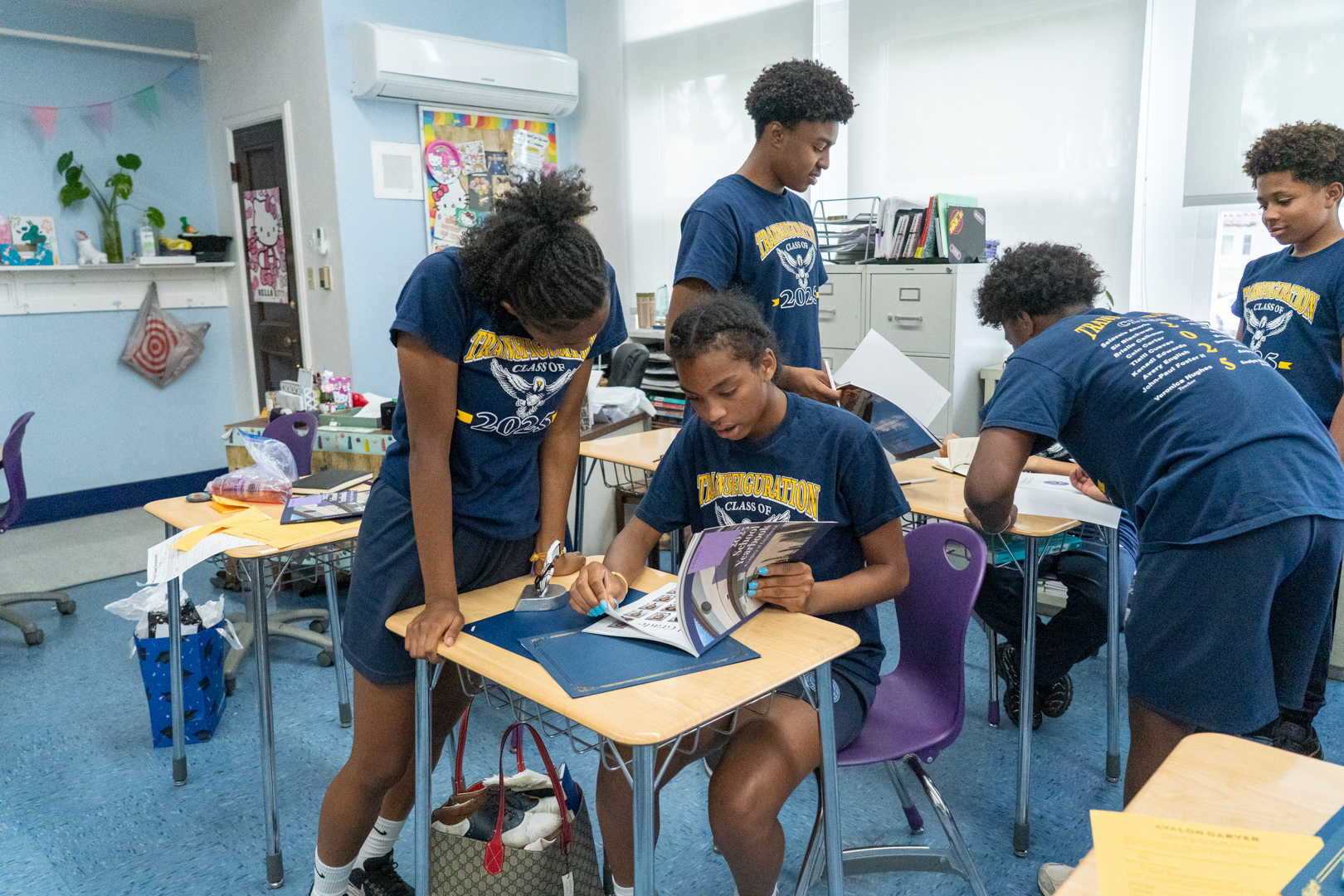

40 books ordered
$3,000 raised (vs. $2,000 goal)
9 student dedications
3 local sponsors secured
Students celebrate the arrival of the yearbook
Reflection
This project reaffirmed my belief that design is a powerful tool for empowerment and equity. One key learning was that students, when given the tools and structure, can produce thoughtful, creative work that reflects their lived experiences. If I were to improve anything, I would build in more time for student skill-building early on, particularly around layout and storytelling. Moving forward, I hope to scale this model to other under-resourced schools and integrate more advanced tools like Canva or Adobe Express to support continuity even without my direct involvement. The biggest takeaway? Sustainable design means designing systems—not just products.
Antonio Renoj, an interaction designer and digital media specialist.
Transfiguration Elementary School is a K-8 catholic school in Leimert Park
Showcase
On June 12, 2025, I presented my project for the annual Senior Showcase at Santa Monica College. On display was my process, the artifacts and of course, the yearbook. I received many compliments on its design and the focus of my subject. They asked me about my process and my thoughts about working with middle school students. It was a great way to show what I created throughout the project and validate my expertise in the design field. I hope that I can expand on this project and continue to work with the school on new products and I can't to see how this continues to evolve.



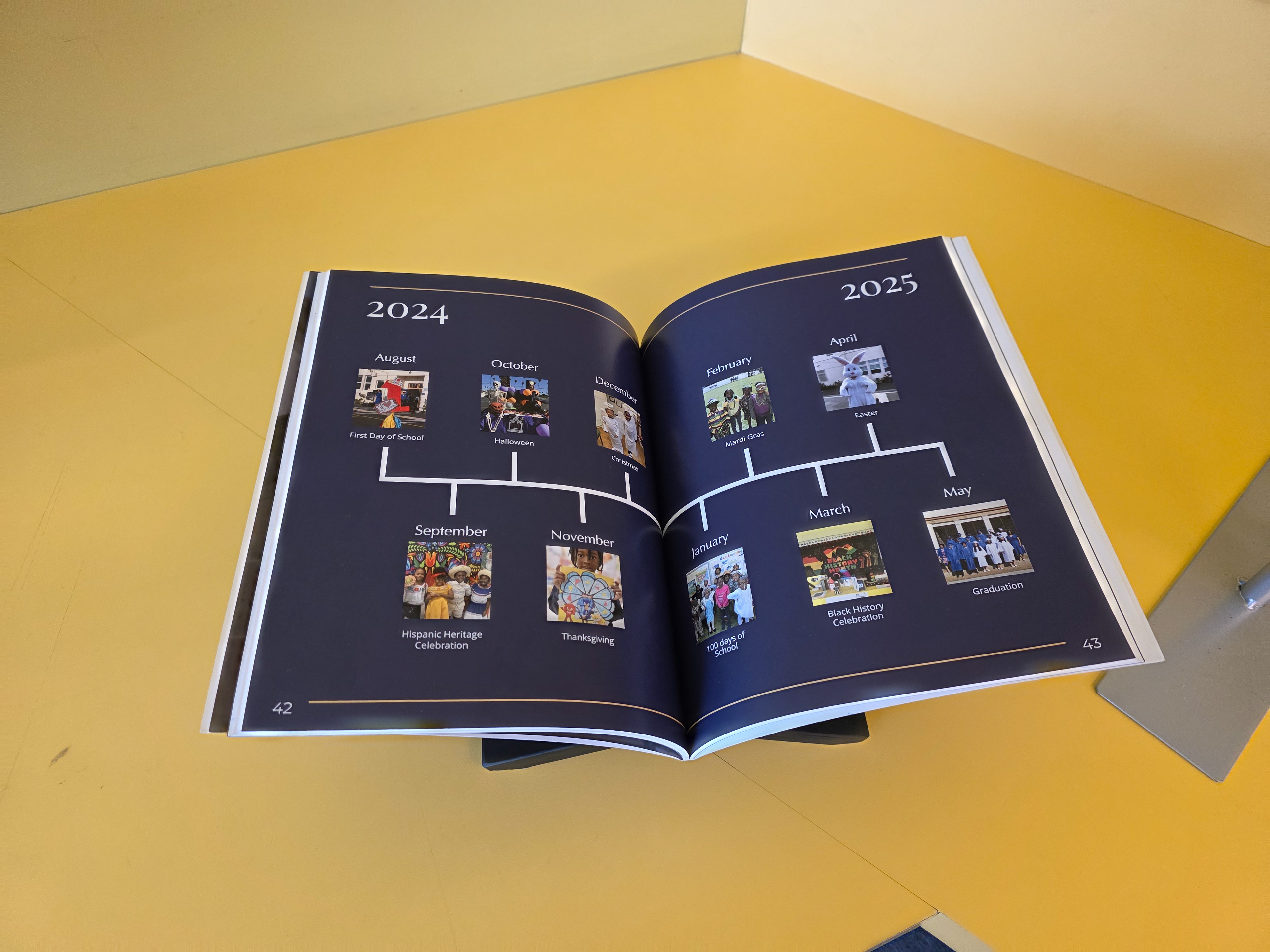
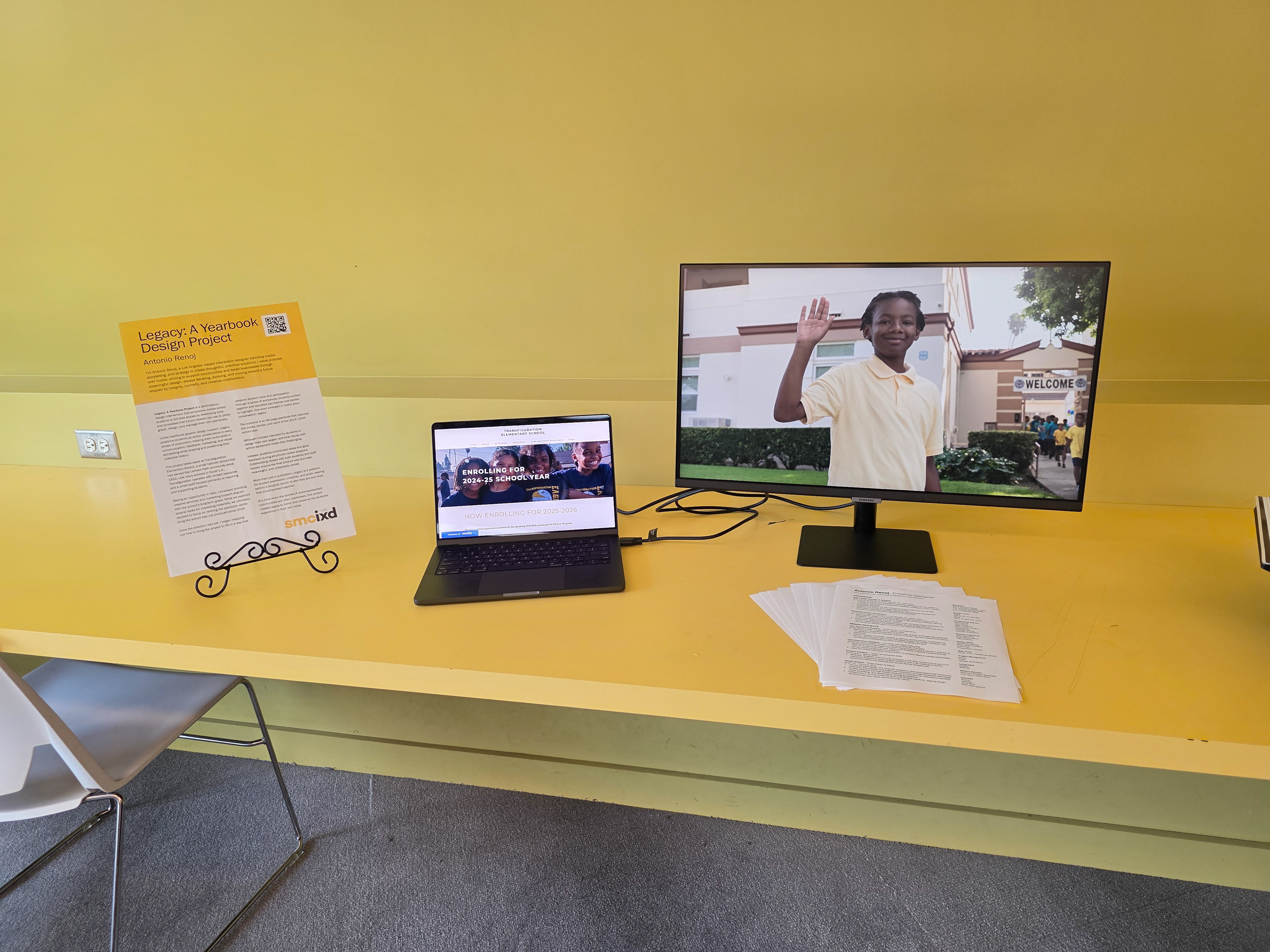
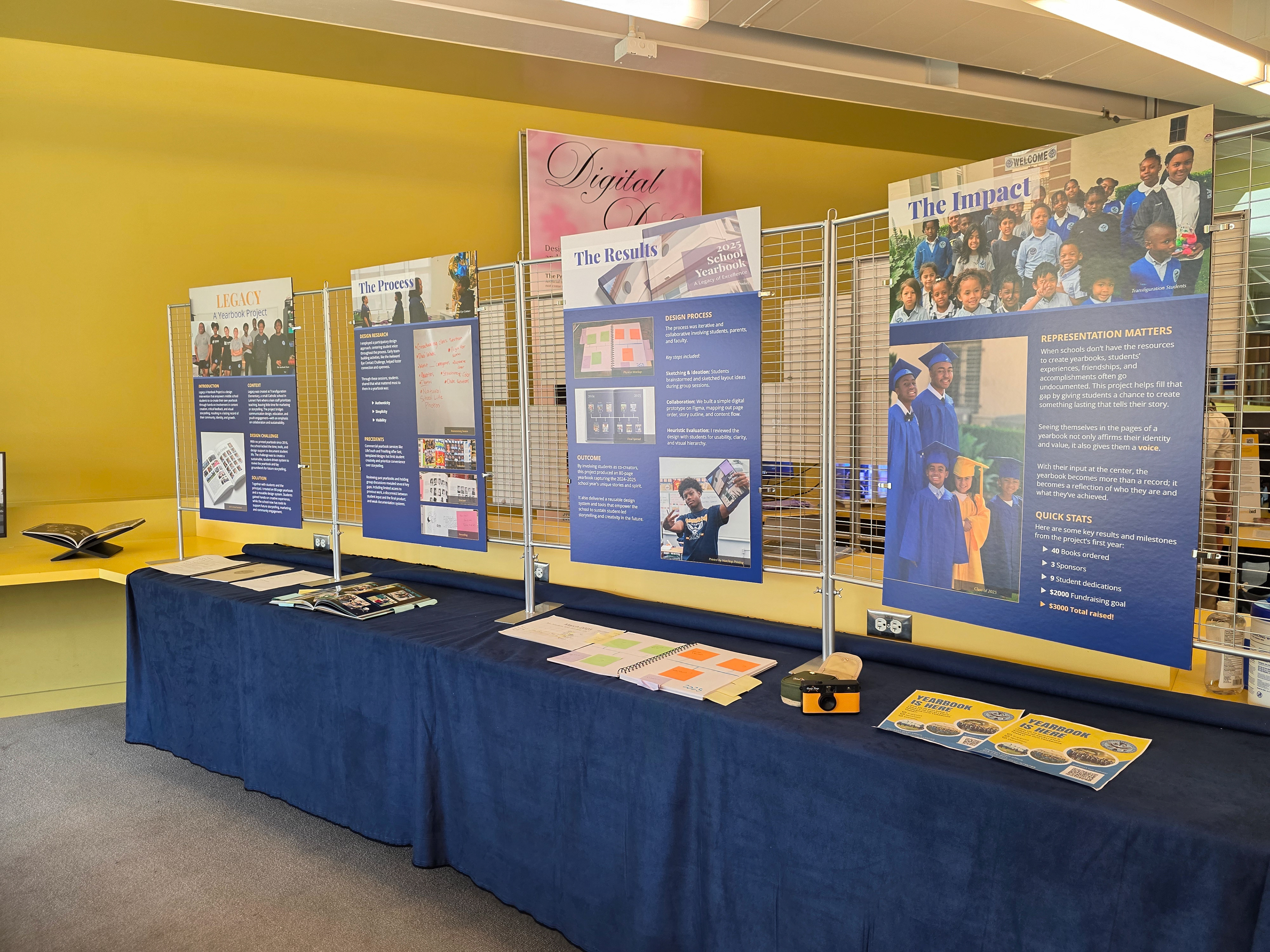

My support system includes Luke, Nicole, and Maxim (not pictured), the IxD professors.
